The first step in fixing low water pressure in your kitchen sink is to check the aerator. The aerator is a small mesh screen at the end of your faucet that helps to regulate the flow of water. Over time, mineral deposits can build up and clog the aerator, causing low water pressure. To check the aerator, unscrew it from the end of your faucet and clean it with a mixture of equal parts water and vinegar. This will remove any buildup and restore the water flow. If the aerator is damaged, it may need to be replaced.Check the aerator
If the aerator is not the issue, the next step is to check the shut-off valves. These valves control the flow of water to your kitchen sink and can sometimes become partially closed, causing low water pressure. Make sure the valves are fully open by turning them counterclockwise. If they are already fully open, try closing them and then opening them again to see if this improves the water pressure.Check the shut-off valves
If the shut-off valves are not the problem, the next step is to check the water supply line. This is the pipe that connects your kitchen sink to the main water supply. Make sure the supply line is fully open and not kinked or damaged in any way. If there are any issues with the supply line, it may need to be replaced.Check the water supply line
If the water pressure is still low, it may be due to a buildup of mineral deposits or debris inside the faucet head. To clean the faucet head, unscrew it from the faucet and soak it in a mixture of equal parts water and vinegar for at least an hour. This will help to dissolve any buildup and improve the water flow. If the faucet head is damaged, it may need to be replaced.Clean the faucet head
If none of the above steps have improved the water pressure, there may be a clog in the pipes. You can try using a plunger or a plumbing snake to clear any clogs that may be causing the low water pressure. If this does not work, it may be necessary to call a plumber to locate and remove the clog.Check for clogs in the pipes
If your kitchen sink has a single-handle faucet, it may have a cartridge that controls the water flow. Over time, this cartridge can become worn or damaged, causing low water pressure. To replace the cartridge, turn off the water supply, remove the handle and then replace the old cartridge with a new one.Replace the faucet cartridge
The water pressure regulator is a valve that controls the water pressure in your home. If this valve is not working properly, it can cause low water pressure in your kitchen sink. You can check the water pressure by using a pressure gauge on an outdoor faucet. If the pressure is too low, the regulator may need to be adjusted or replaced.Check the water pressure regulator
Leaks in the pipes can also cause low water pressure. Check all visible pipes for any signs of leaks, such as water stains or puddles. If you find any leaks, they will need to be repaired or replaced. It is important to address any leaks as soon as possible to avoid further damage to your plumbing system.Check for leaks in the pipes
If you have exhausted all other options and are still experiencing low water pressure in your kitchen sink, you may need to install a water pressure booster. This is a device that can be installed on your main water supply line to increase the water pressure in your home. It is important to have a professional plumber install this device to ensure it is done correctly.Install a water pressure booster
If you have tried all of the above steps and are still having issues with low water pressure in your kitchen sink, it may be time to call a plumber for professional help. They will have the necessary tools and expertise to diagnose and fix the issue, ensuring that your water pressure is restored to its proper level. In conclusion, low water pressure in your kitchen sink can be frustrating and inconvenient. By following these tips and steps, you can identify and fix the issue, ensuring that you have a steady and strong flow of water in your kitchen. Remember to regularly maintain your plumbing system to prevent future issues with low water pressure.Call a plumber for professional help
Additional Tips to Fix Low Water Pressure in Your Kitchen Sink

Check for Clogs and Buildup
 One of the most common reasons for low water pressure in the kitchen sink is clogs and buildup in the pipes. Over time, debris, minerals, and other substances can accumulate in the pipes, restricting the flow of water. To fix this issue,
carefully remove the aerator from your sink
and clean it by soaking it in a solution of equal parts water and vinegar. If the water pressure improves, then the aerator was the problem. However, if the pressure remains low, you may need to
use a plumbing snake or call a professional plumber
to clear out any clogs in the pipes.
One of the most common reasons for low water pressure in the kitchen sink is clogs and buildup in the pipes. Over time, debris, minerals, and other substances can accumulate in the pipes, restricting the flow of water. To fix this issue,
carefully remove the aerator from your sink
and clean it by soaking it in a solution of equal parts water and vinegar. If the water pressure improves, then the aerator was the problem. However, if the pressure remains low, you may need to
use a plumbing snake or call a professional plumber
to clear out any clogs in the pipes.
Inspect the Shut-Off Valves
 Another common culprit for low water pressure in the kitchen sink is malfunctioning shut-off valves. These valves control the flow of water to your sink and can become damaged or corroded over time. To check if your shut-off valves are the problem,
locate the valves under the sink and turn them off and on
a few times. If you notice any leaks or if the valves are difficult to turn, then it may be time to
replace them with new ones
.
Another common culprit for low water pressure in the kitchen sink is malfunctioning shut-off valves. These valves control the flow of water to your sink and can become damaged or corroded over time. To check if your shut-off valves are the problem,
locate the valves under the sink and turn them off and on
a few times. If you notice any leaks or if the valves are difficult to turn, then it may be time to
replace them with new ones
.
Consider Your Water Supply
 If none of the above solutions have improved the water pressure in your kitchen sink, then you may need to look into your water supply.
Check with your water company
to see if there are any known issues with the water pressure in your area. If you have a private well,
make sure the pump is running correctly
and that the pressure tank is functioning properly. In some cases,
upgrading to a larger pressure tank or installing a water pressure booster
can help improve water pressure in your home.
If none of the above solutions have improved the water pressure in your kitchen sink, then you may need to look into your water supply.
Check with your water company
to see if there are any known issues with the water pressure in your area. If you have a private well,
make sure the pump is running correctly
and that the pressure tank is functioning properly. In some cases,
upgrading to a larger pressure tank or installing a water pressure booster
can help improve water pressure in your home.
Conclusion
 Having low water pressure in your kitchen sink can be frustrating, but with these additional tips, you can hopefully fix the issue and improve your water flow. Remember to
regularly clean your aerator and check for clogs and buildup
in your pipes. If that doesn't work,
inspect your shut-off valves and consider your water supply
. By taking these steps, you can ensure that your kitchen sink has the proper water pressure for all your cooking and cleaning needs.
Having low water pressure in your kitchen sink can be frustrating, but with these additional tips, you can hopefully fix the issue and improve your water flow. Remember to
regularly clean your aerator and check for clogs and buildup
in your pipes. If that doesn't work,
inspect your shut-off valves and consider your water supply
. By taking these steps, you can ensure that your kitchen sink has the proper water pressure for all your cooking and cleaning needs.


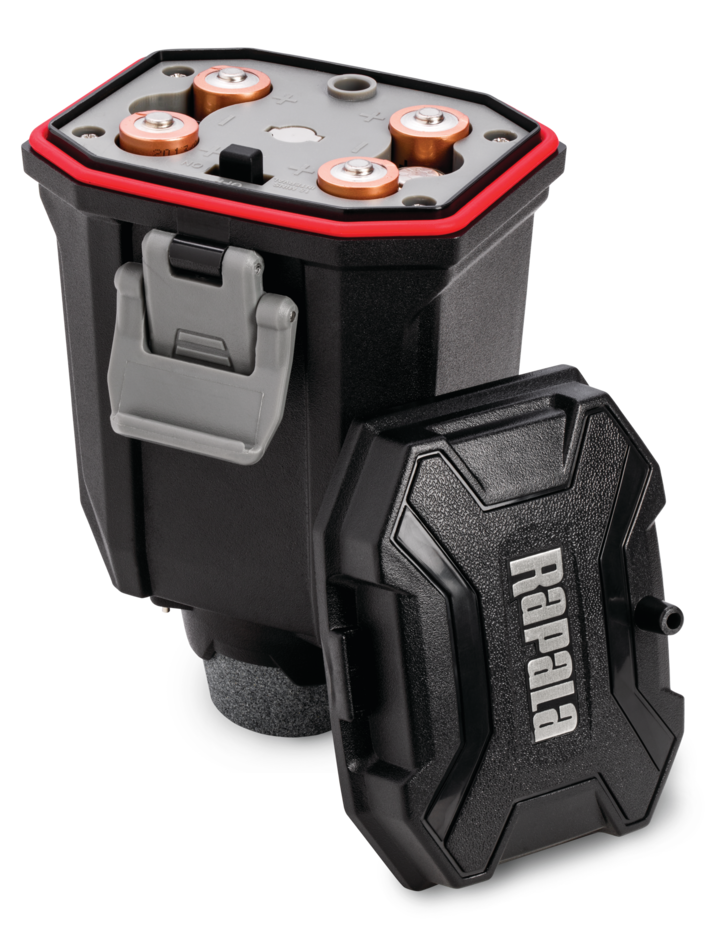








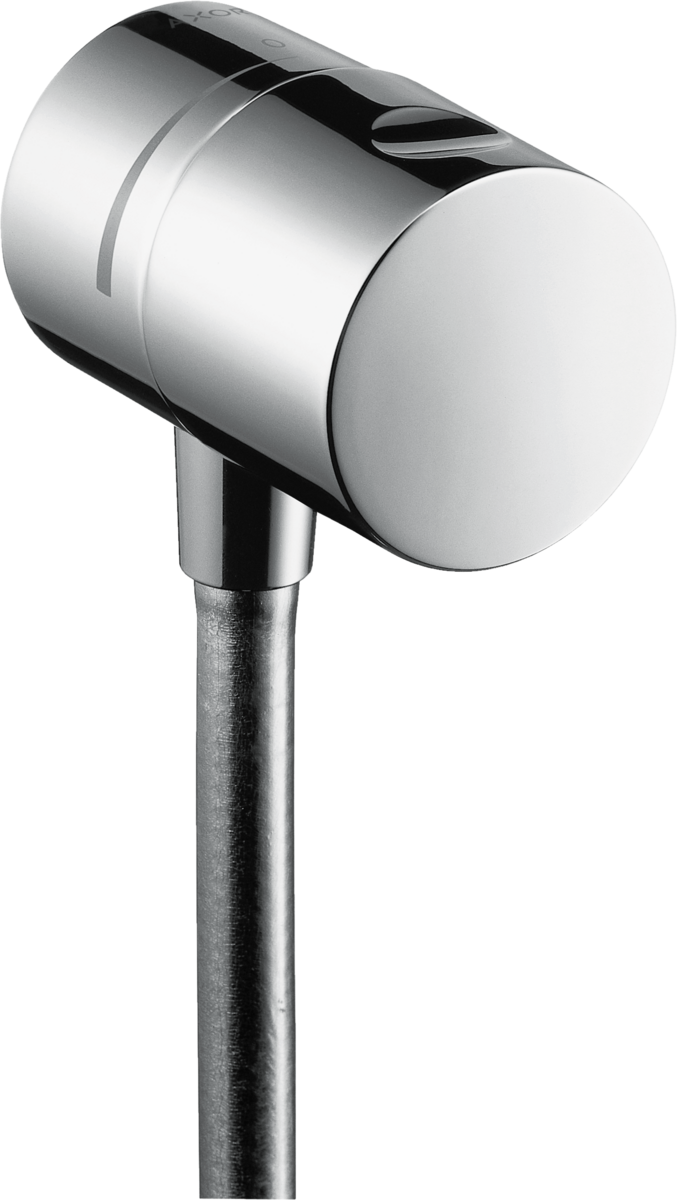

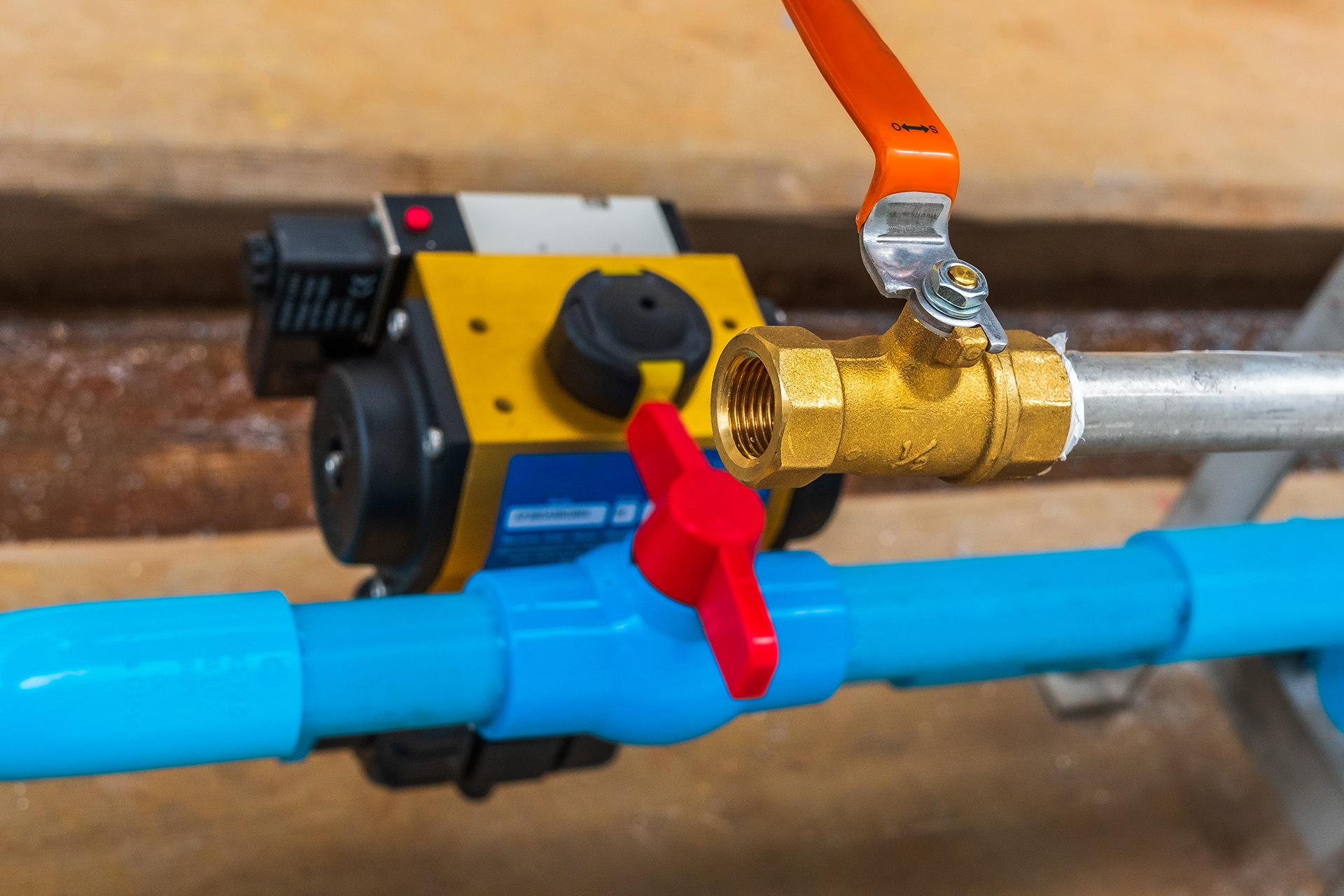
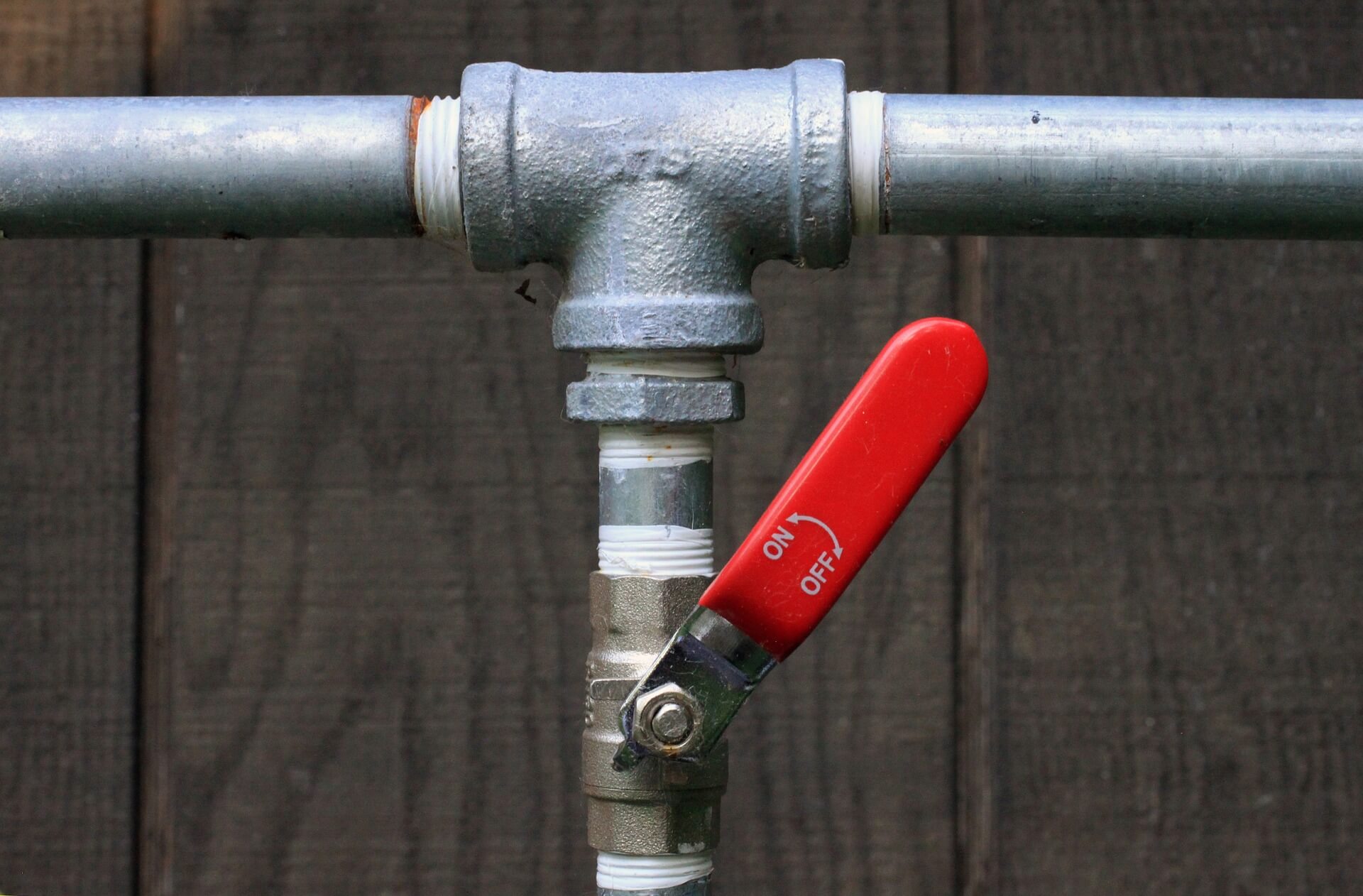

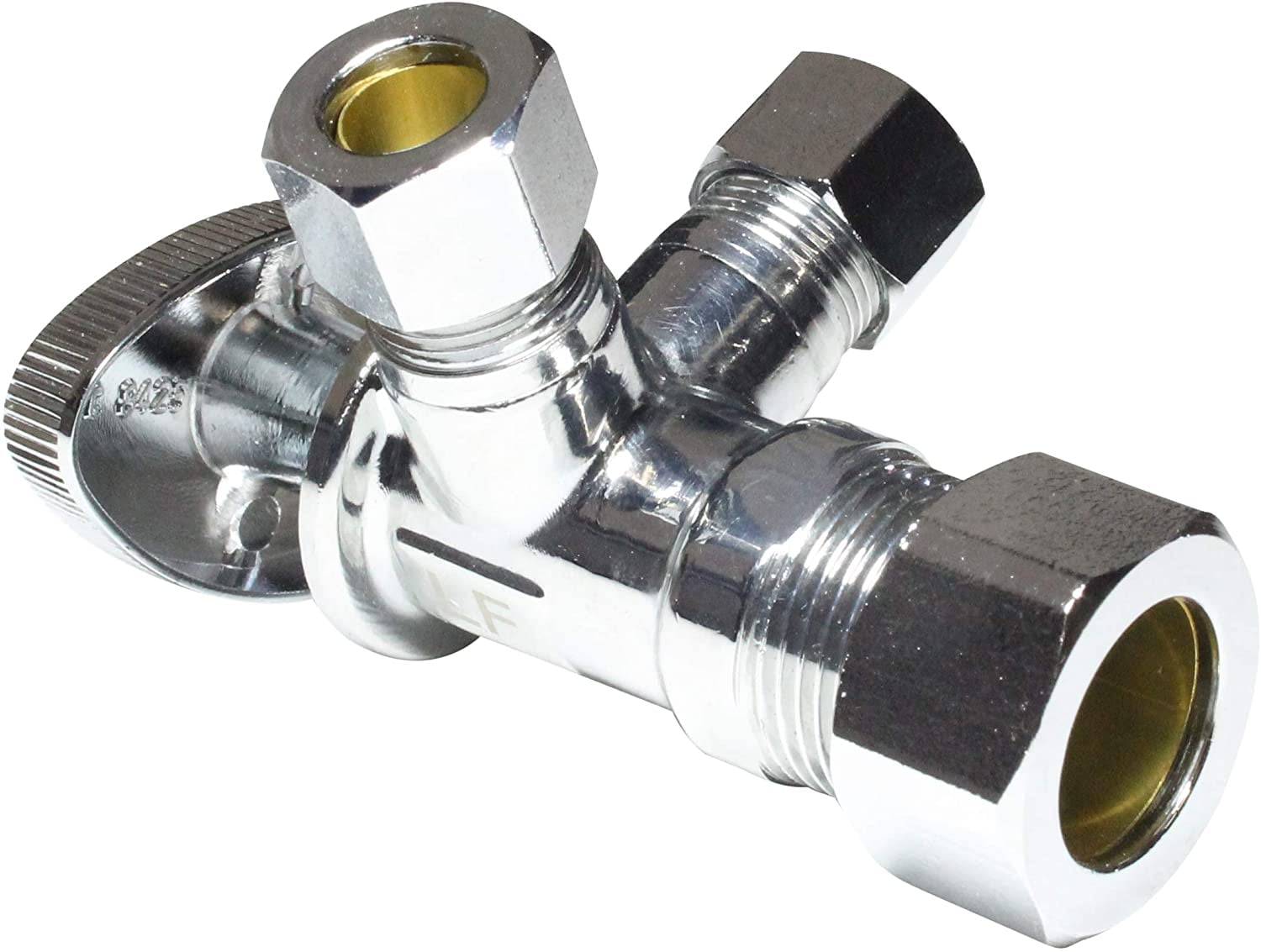










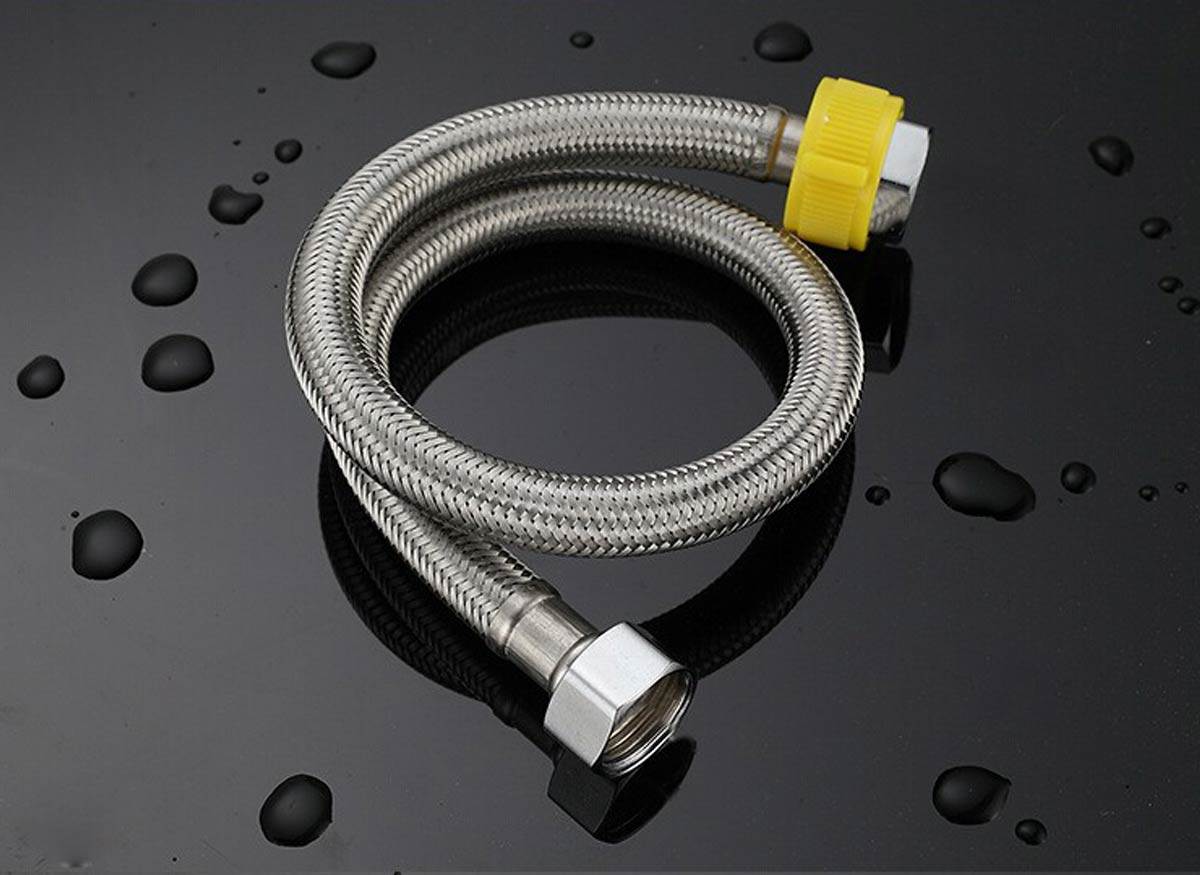




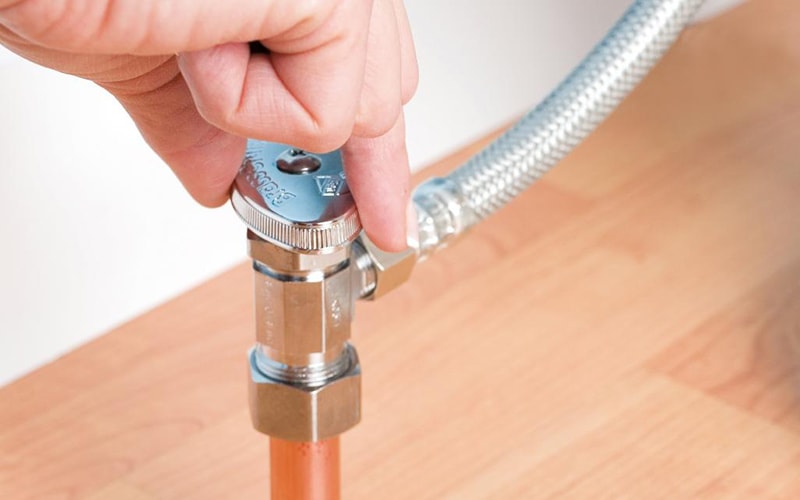
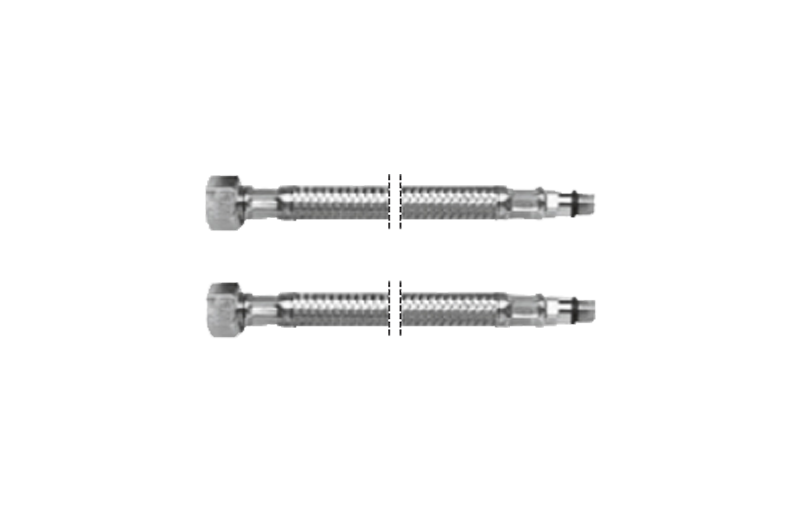



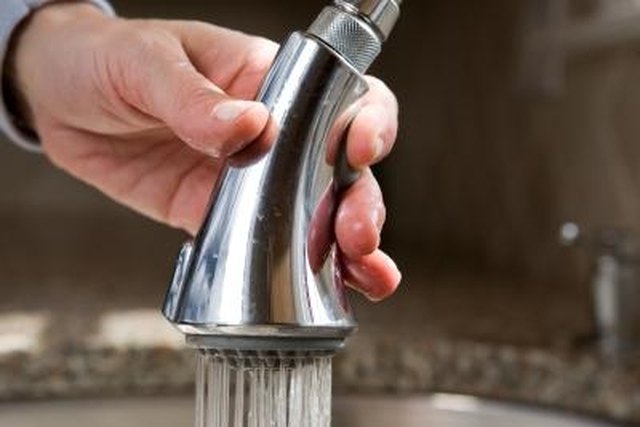



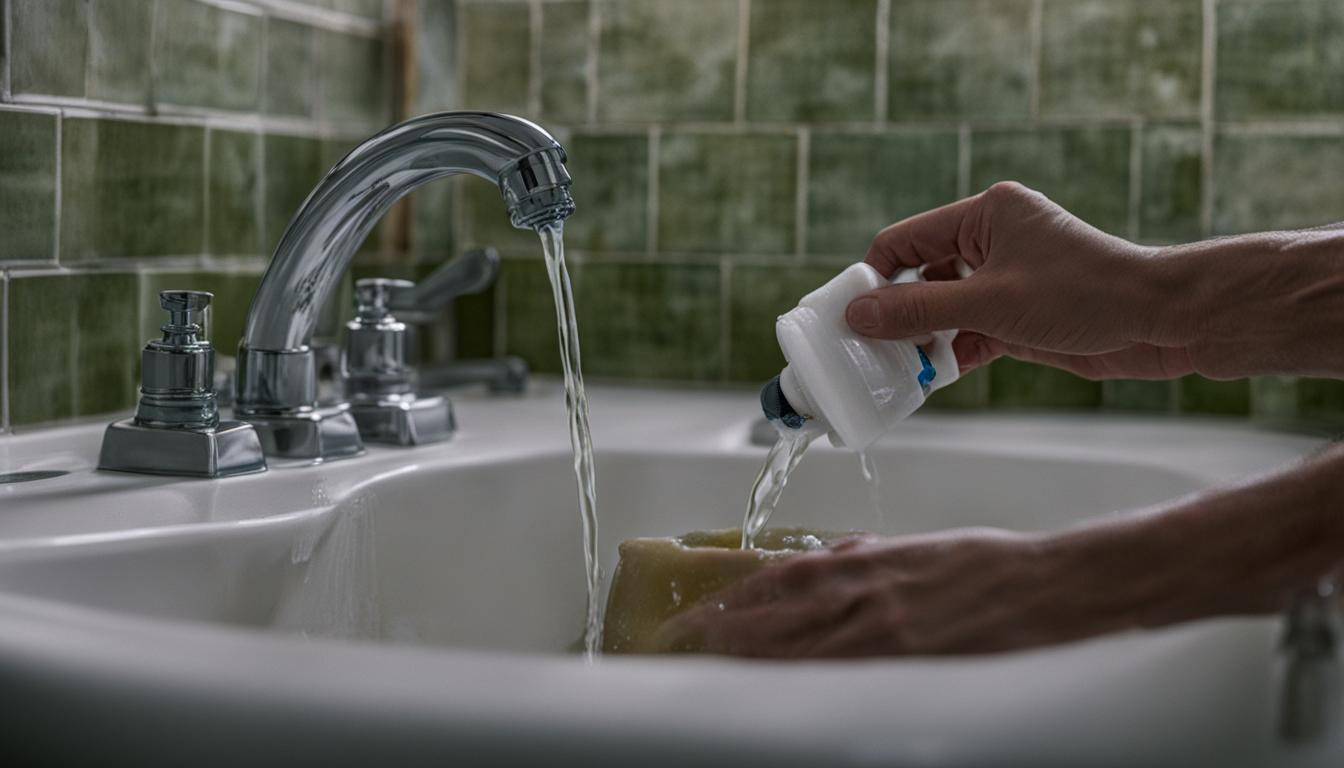















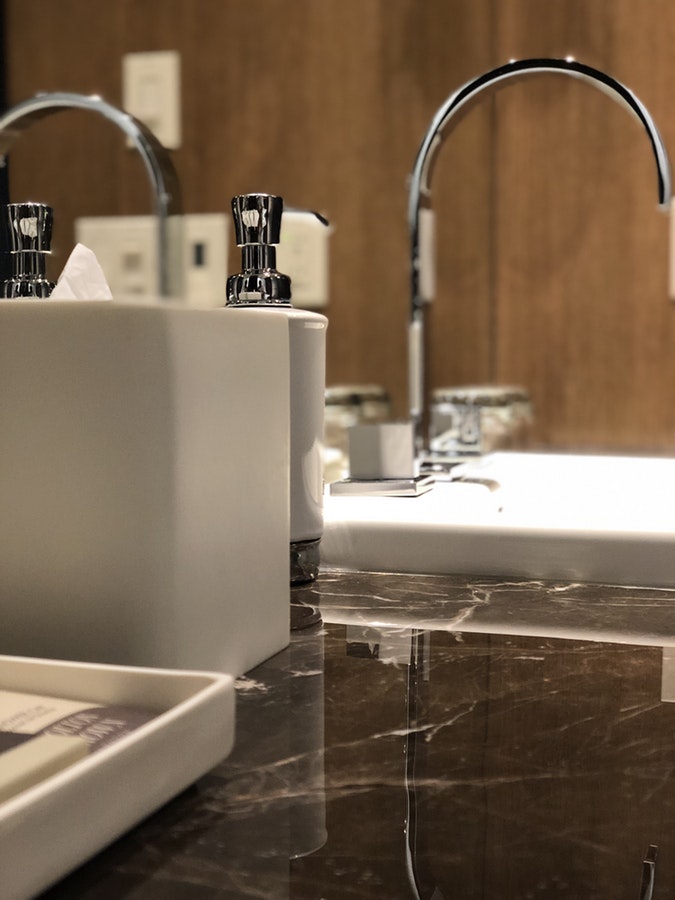















:max_bytes(150000):strip_icc()/the-men-s-hand-opens-the-ball-valve-on-the-collector-1006810456-5c5fc73fc9e77c000159c4af.jpg)






:max_bytes(150000):strip_icc()/testing-water-pressure-in-your-home-2718692-04-c37ab3236d0d4b61b87079ebf9ef823e.jpg)




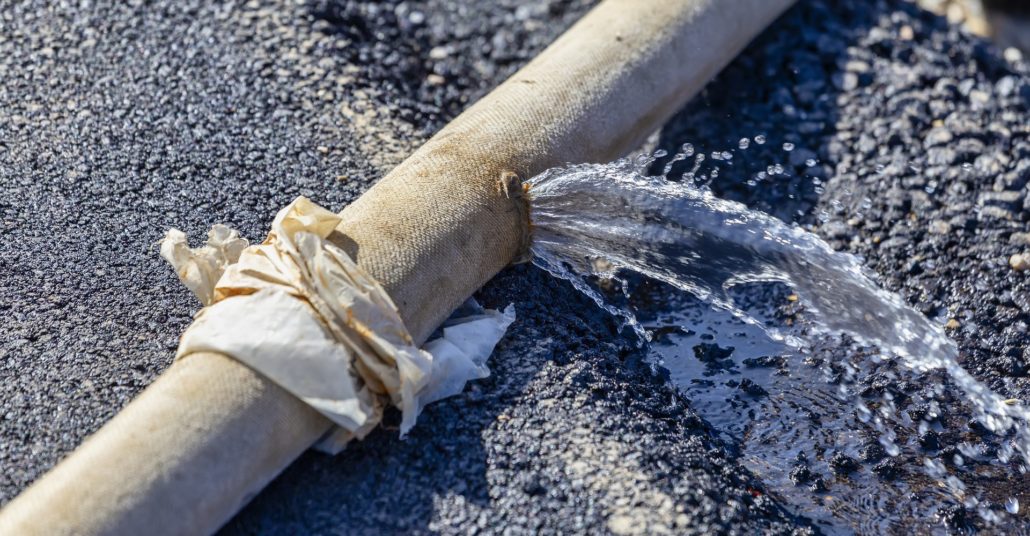



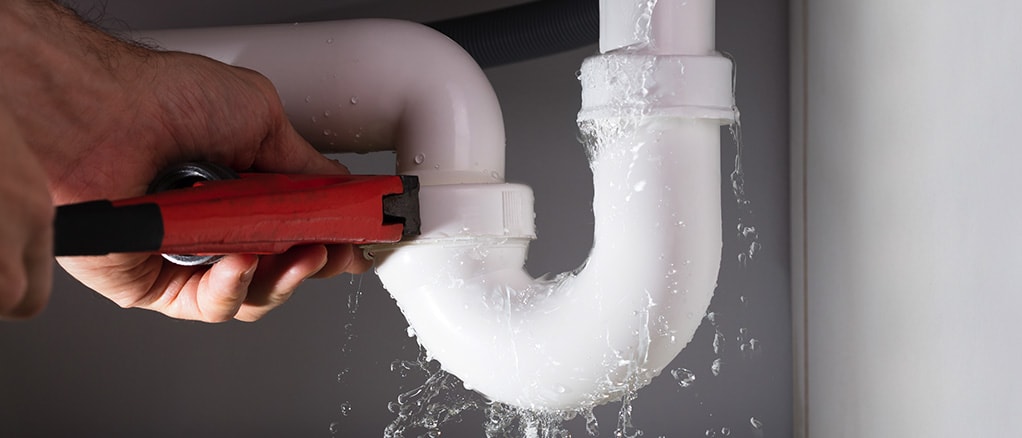

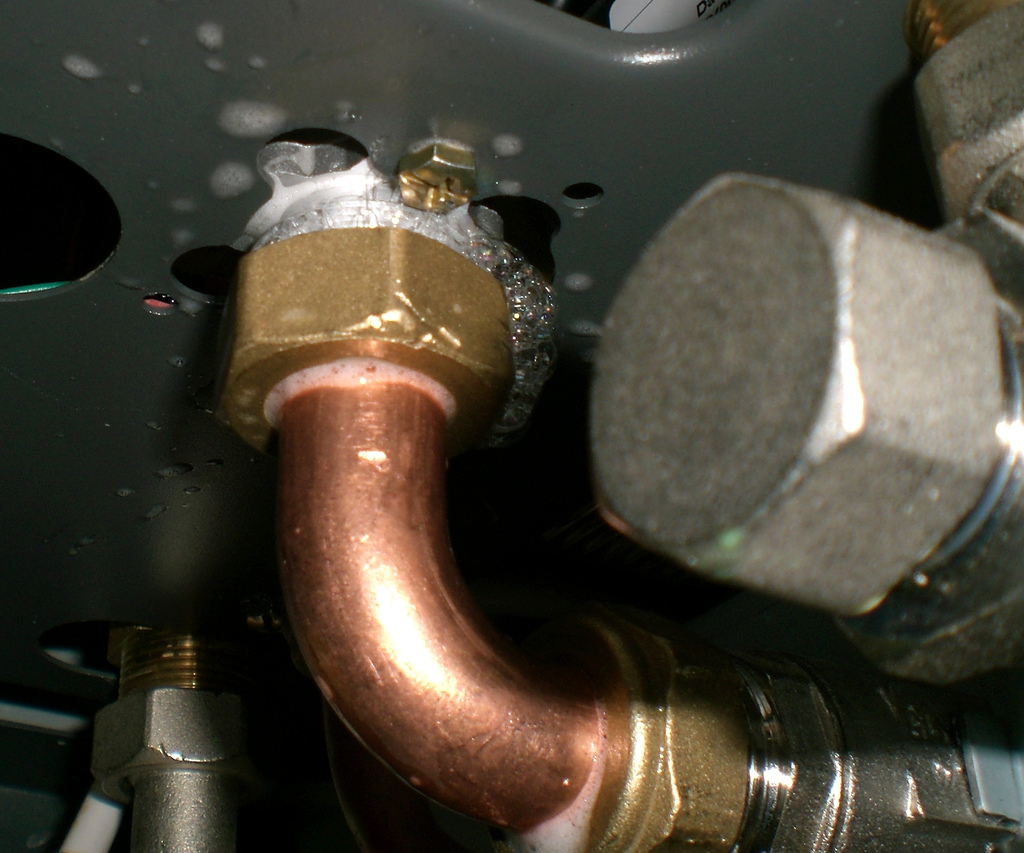
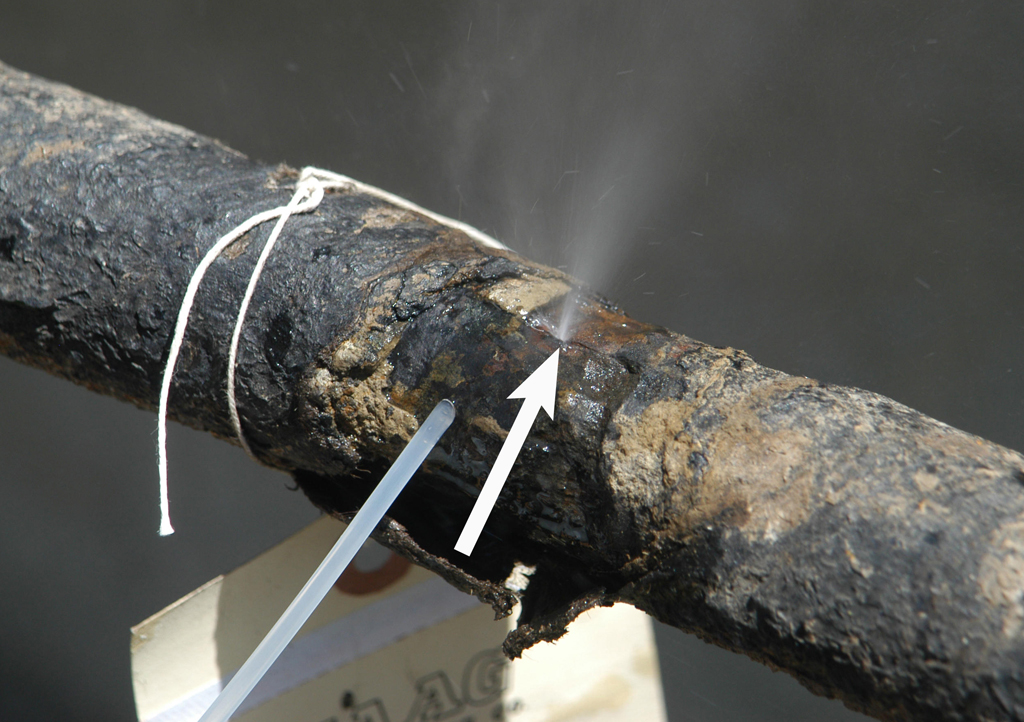

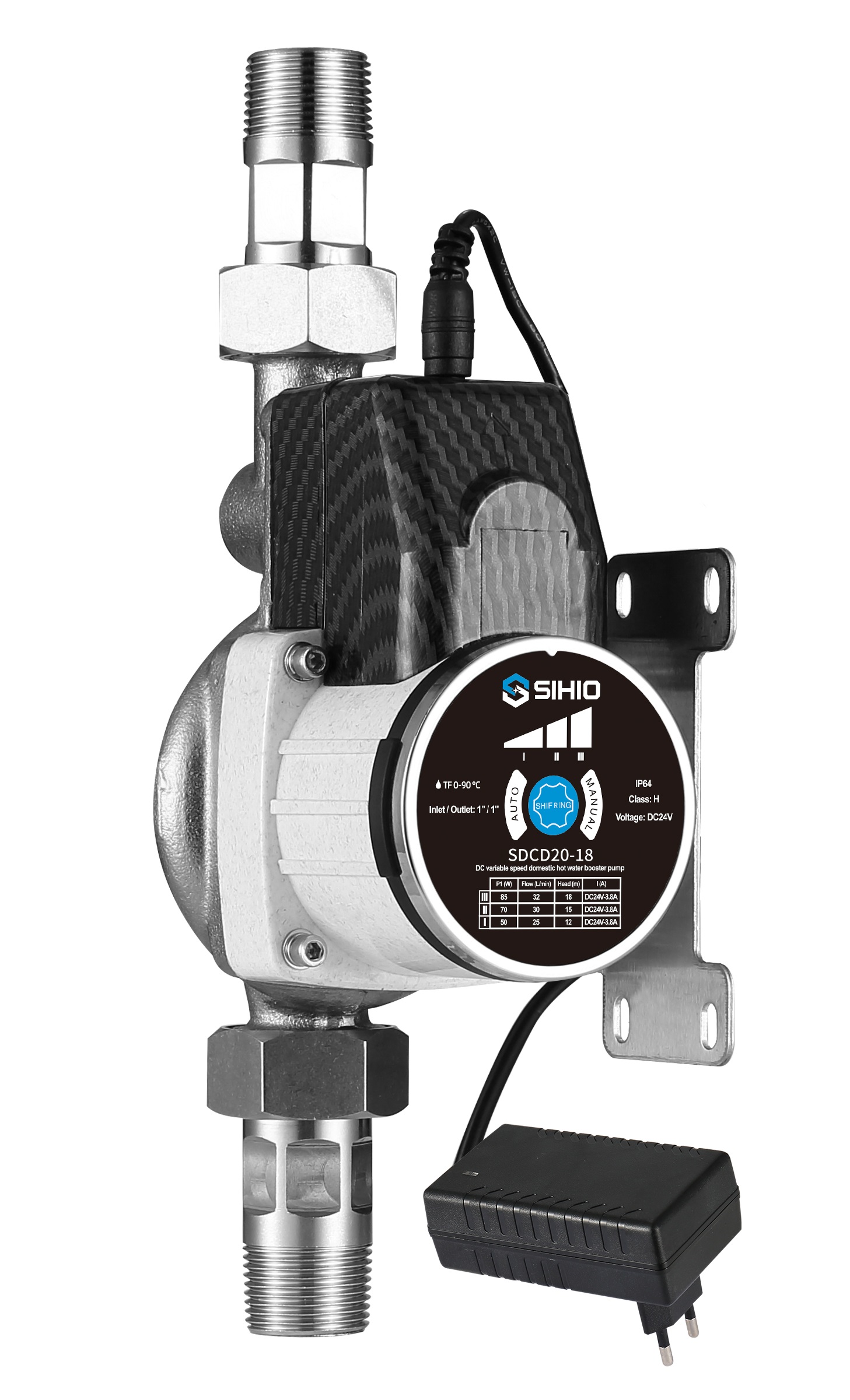

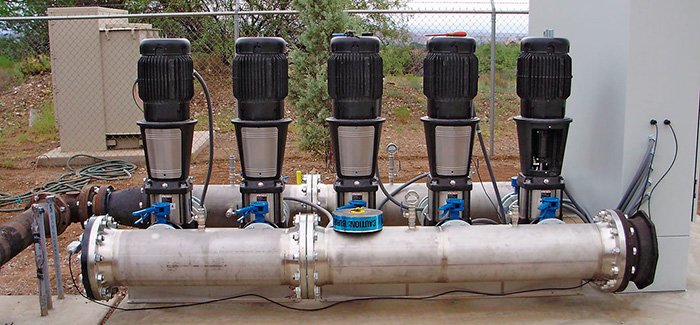







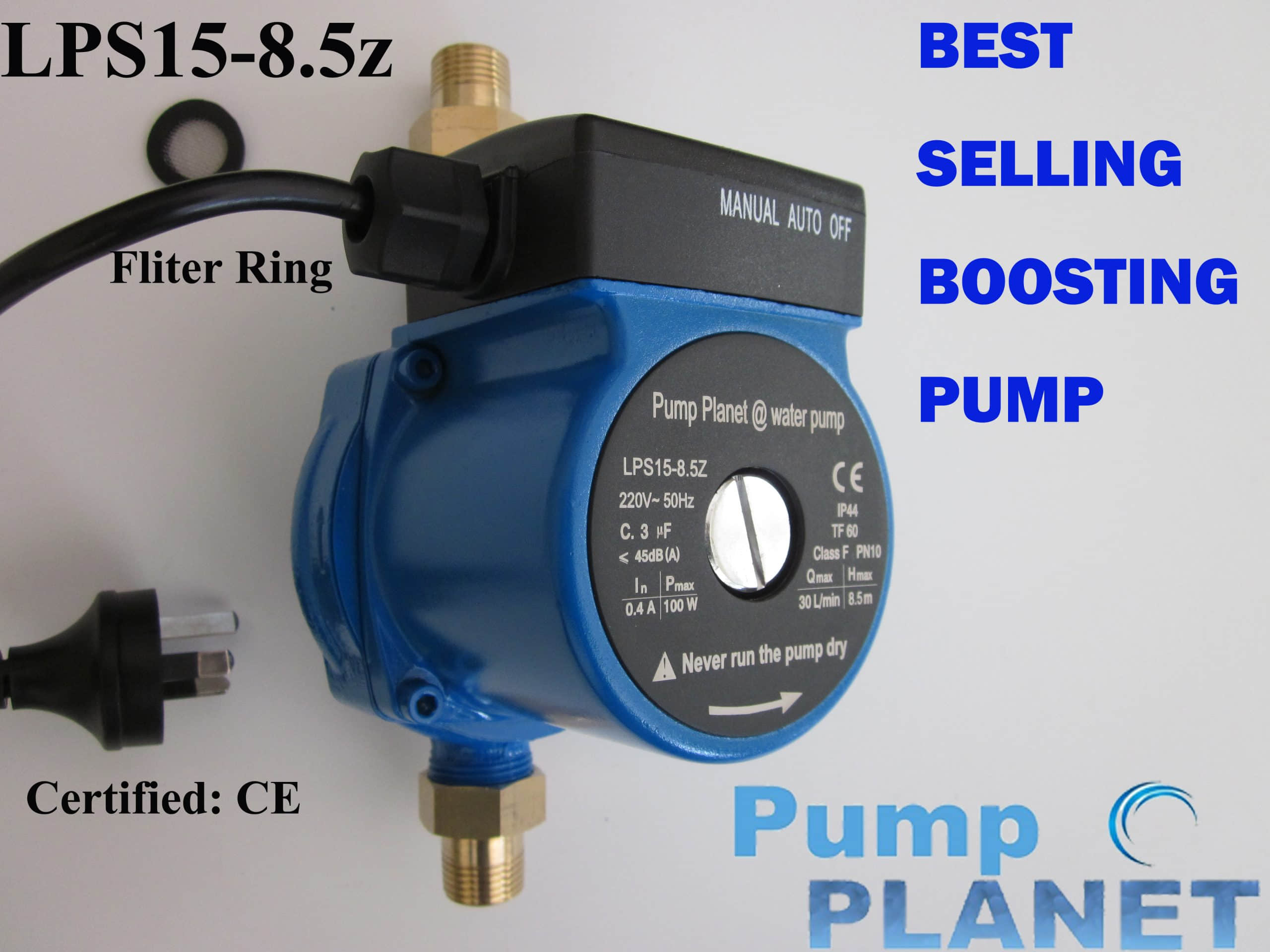


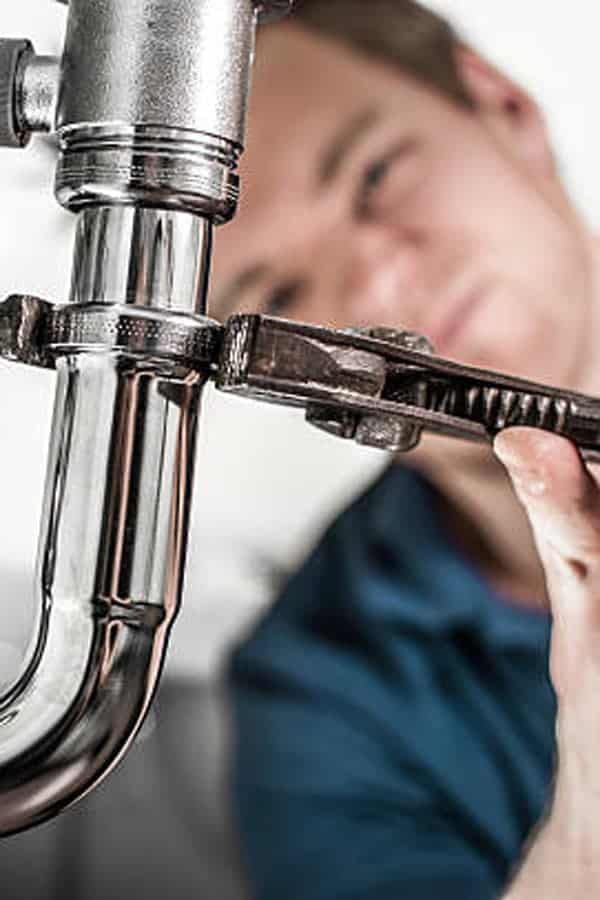






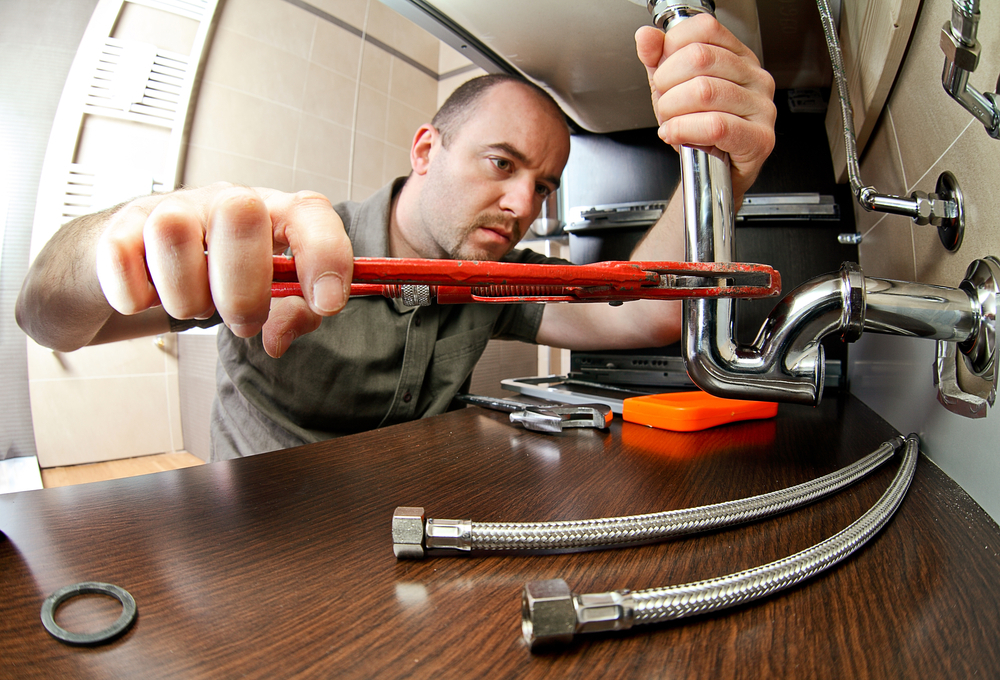

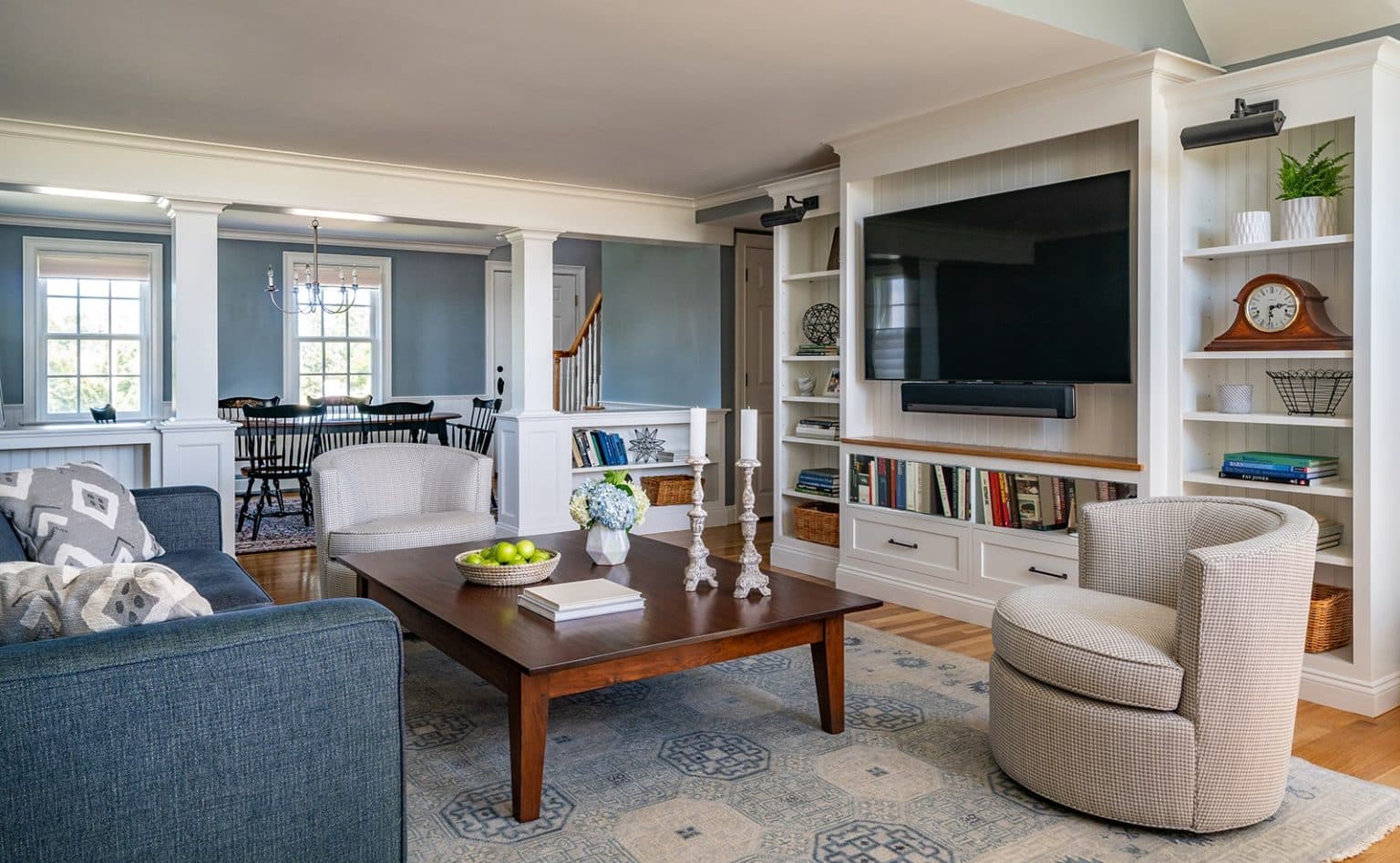
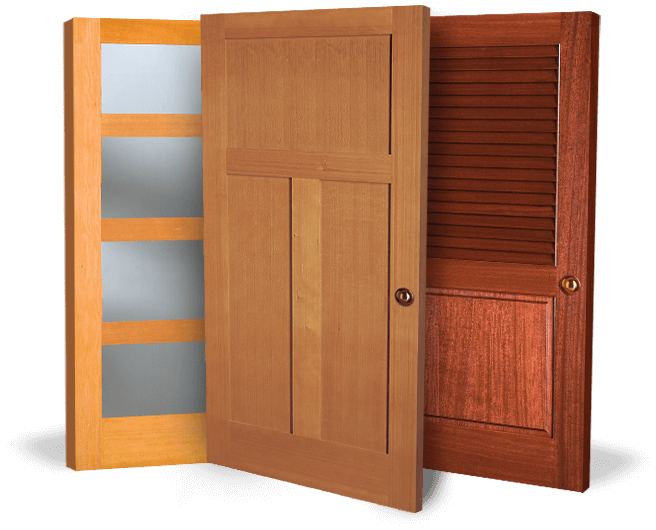



:max_bytes(150000):strip_icc()/lucy-maud-dining-room-56ae20a05f9b58b7d00e18f5.jpg)
